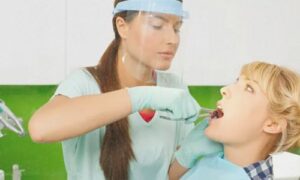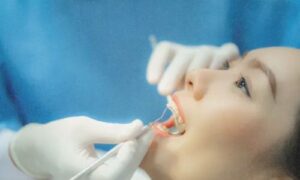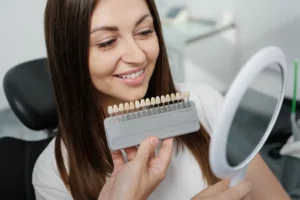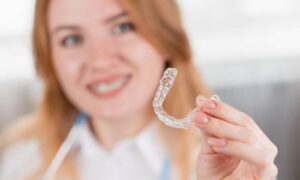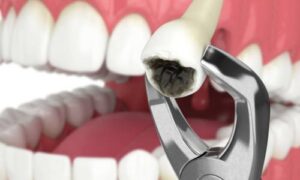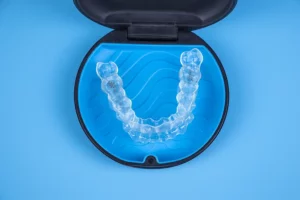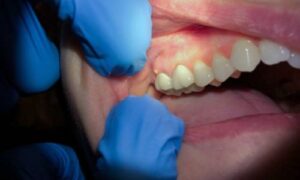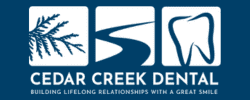Introduction:
Invisalign aligners offer a discreet and convenient way to straighten teeth, but proper care and maintenance are essential to ensure optimal effectiveness and oral hygiene. This article will provide a comprehensive guide on cleaning Invisalign aligners, offering tips and best practices to keep your aligners and your smile in top shape. It is important to clean your aligners regularly to prevent bacteria buildup and maintain their transparency.
Importance of Invisalign Aligners Cleaning:
1. Preventing Bacterial Growth:
Invisalign aligners create a snug fit around the teeth, providing an ideal environment for bacteria to thrive if not cleaned regularly. Proper cleaning helps prevent the buildup of harmful bacteria that can lead to bad breath and potential oral health issues. Regular cleaning and maintenance of the Invisalign aligners is essential to prevent bacterial growth.
2. Maintaining Transparency:
Clear aligners depend on transparency to remain discreet. Regular cleaning helps prevent discoloration and keeps the aligners virtually invisible. It is recommended to clean Invisalign aligners with a gentle toothbrush and clear, antibacterial soap. Additionally, soaking the aligners in a denture cleaner can help remove stubborn stains and bacteria.
3. Ensuring Effectiveness:
Clean aligners ensure that they work effectively in gradually shifting teeth into their desired positions. Any buildup on the aligners may hinder their ability to perform optimally. It is important to follow the recommended cleaning routine to ensure the aligners remain clear and effective throughout the treatment process. Failure to properly clean the aligners may result in delays or complications in achieving desired results. Consistency in cleaning your aligners will not only ensure their effectiveness but also maintain your overall oral health. By following a regular cleaning routine, you can avoid potential issues and achieve the best results from your treatment.
Tips for Cleaning Invisalign Aligners:
1. Rinse with Lukewarm Water:
After removing your Invisalign aligners, rinse them under lukewarm water to remove saliva and plaque. Avoid using hot water, as it may deform the aligners. Allow the aligners to air dry before putting them back in your mouth. Make sure to use a soft-bristled toothbrush to gently brush the aligners at least once a day.
2. Use a Soft Toothbrush:
– Gently brush the aligners with a soft toothbrush to remove any remaining debris. Be sure to use a gentle hand to avoid scratching or damaging the aligners. It’s also important to brush your teeth after meals before putting the aligners back in to prevent staining and maintain good oral hygiene. Avoid using toothpaste, as it can be abrasive and damage the aligners’ surface.
3. Soak in Denture Cleaner or Invisalign Cleaning Crystals:
Periodically soak your aligners in a denture cleaner or specialized Invisalign cleaning crystals to ensure a deep and thorough cleaning. This will help remove any built-up plaque or bacteria that regular brushing may have missed. Make sure to follow the manufacturer’s instructions for soaking time and frequency to avoid damaging the aligners.
4. Avoid Colored or Scented Soaps:
When cleaning with soap, choose a clear and unscented option. Colored or scented soaps may leave residue on the aligners and affect their transparency. Avoid colored or scented soaps, as they may leave residue on the aligners. This can affect the clarity and appearance of your Invisalign trays. It is best to stick with a clear and unscented soap for cleaning Invisalign trays.
5. Practice Good Oral Hygiene:
Maintain a consistent oral hygiene routine by brushing and flossing your teeth before reinserting your Invisalign aligners. This helps prevent transferring bacteria into the aligners. Additionally, consider using a soft-bristled toothbrush to gently clean the aligners to avoid scratching or damaging them. Remember to rinse the aligners thoroughly after cleaning to remove any cleaning solution residue.
6. Store Properly When Not in Use:
When not wearing your aligners, store them in their case to protect them from damage and minimize exposure to external elements. This will help maintain the integrity of the aligners and ensure they remain clean. Avoid leaving them out in the open where they can easily get lost or contaminated. Make sure to clean your aligners regularly as well to prevent bacteria buildup.
7. Regular Check-ups with Your Orthodontist:
Schedule regular check-ups with your orthodontist to monitor your progress and ensure that your Invisalign treatment is on track. Regular check-ups with your orthodontist are essential to make any necessary adjustments and ensure the success of your Invisalign treatment. This will help address any concerns or issues that may arise during the course of your treatment.
Conclusion: Invisalign Aligners Cleaning
Proper cleaning of Invisalign aligners is crucial for maintaining oral health, achieving successful teeth straightening, and ensuring the aligners remain inconspicuous. By following these tips and best practices, you can enjoy the benefits of Invisalign treatment with confidence, knowing that you are taking the necessary steps to keep your aligners clean and your smile radiant. Regularly cleaning your Invisalign aligners with a gentle toothbrush and clear, antibacterial soap is also recommended to prevent discoloration and odor. Additionally, storing your aligners in their case when not in use can help protect them from damage or loss.
FAQs about cleaning Invisalign aligners:
How often should I clean my Invisalign aligners?
It is recommended to clean your Invisalign aligners every time you remove them from your mouth. This ensures that they stay free from bacteria and plaque.
Can I use toothpaste to clean my Invisalign aligners?
It is best to avoid using toothpaste on Invisalign aligners, as some toothpaste can be abrasive and may scratch the aligner surface. Instead, use a soft toothbrush and clear, unscented soap for cleaning.
What should I do if my aligners develop a foul odor?
If your aligners develop an unpleasant odor, soak them in a denture cleaner or Invisalign cleaning crystals according to the product’s instructions. Regular cleaning and proper oral hygiene can help prevent odors.
Can I soak my Invisalign aligners in mouthwash?
It is not recommended to soak Invisalign aligners in mouthwash, as some mouthwashes may contain colored or alcohol-based ingredients that can affect the aligner material. Stick to recommended cleaning solutions.
How do I clean my aligners when I’m not at home?
If you’re unable to brush your aligners while on the go, rinsing them with lukewarm water and giving them a thorough cleaning when you return home is a good practice. Always carry your aligner case for storage.
Is it necessary to clean my aligners if I only wear them for a short time each day?
Yes, it’s essential to clean your aligners even if you wear them for a short duration. Bacteria can accumulate quickly, and regular cleaning ensures optimal oral hygiene and effectiveness of the treatment.
Can I use a regular toothbrush to clean my aligners?
It’s best to use a soft toothbrush specifically designated for cleaning your aligners. Avoid using a regular toothbrush with toothpaste, as it may be abrasive and damage the aligners.



